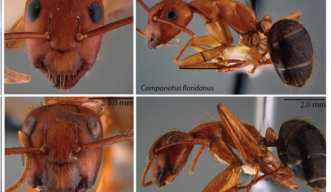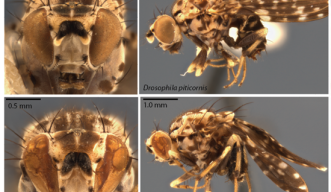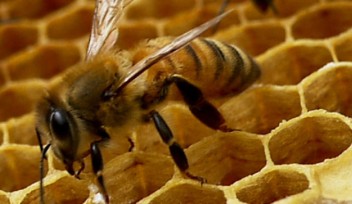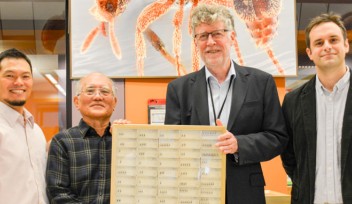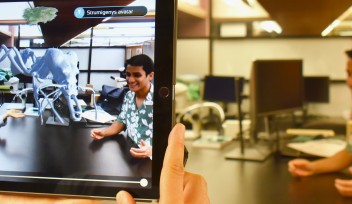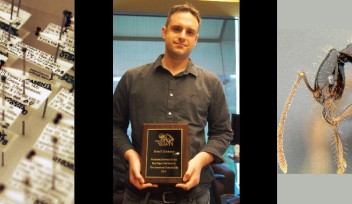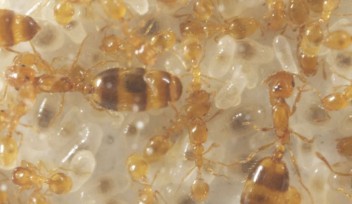Modern Molecular Biology Meets Antique Museum Samples
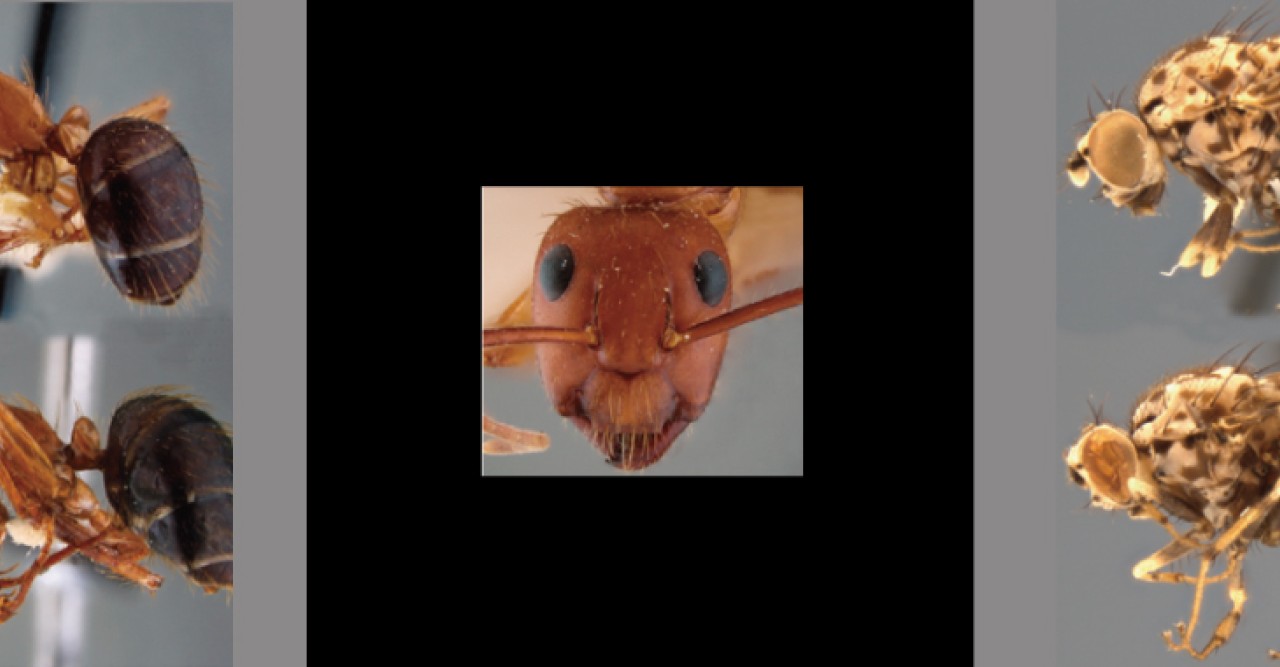
Members of OIST’s Ecology and Evolution Unit study a wide range of topics with the common thread of taking advantage of new technologies, such as next-generation DNA sequencing, to better understand evolution. However, some of the best subjects for studying evolution are very old, possibly decades or centuries old museum specimens. Current methods of gaining access to such specimens’ molecular data, the genetic code stored in DNA molecules, can damage the specimens, are unable to obtain useful information from fragmented DNA, or are very costly. Yet as the saying goes, necessity is the mother of invention. Therefore, Professor Alexander Mikheyev, along with his technician Man Ying Tin, and Professor Evan Economo, decided to optimize DNA extraction and sequencing techniques for use on old, fragile museum specimens. They describe using their methods on decades old insect specimens in an article published in PLOS ONE.
Museums have preserved specimens of flora and fauna that are hundreds or even thousands of years old, but very few specimens have had their DNA sequenced. DNA is the heritable chemical blueprint of the physical structure of an organism. Historically, scientists have gathered extremely useful information from museum specimens. A good example is uncovering the history of diseases such as influenza, Hantavirus and West Nile Virus. Museum samples allowed researchers to study how these viruses were introduced to humans, how they spread and where they originated. This data is helping scientists with containment and treatment of these diseases. Being familiar with the extensive amount of museum specimens that could be useful, the OIST researchers were interested in tapping this resource. In particular, they were interested in sequencing the DNA of insect specimens to study evolution.
Because the researchers were focused on the large number and fragility of potential specimens, the protocols needed to be simple and cost effective. These characteristics also allow the technique to be easily automated, meaning a robot can extract DNA samples from hundreds of specimens at a time. The next step after DNA extraction was sequencing. The researchers used established next-generation sequencing techniques. This was key because extracted DNA is often very short and fragmented, and without the next-generation sequencing facilities available at OIST, the DNA fragments would be too short to obtain useful information.
The researchers validated their methods in two ways. They looked at ant specimens with sequenced genomes, allowing for a direct comparison of the new methods to previously used techniques. The researchers also looked at Hawaiian fruit flies, which are a classic example of an evolutionary mechanism of rapid diversification. The data obtained by the new techniques was compared to phylogenetic data, a family tree of sorts, which was obtained in previous extensive evolutionary studies. The OIST researchers’ methods were successful on every sample they used, they were able to gain valuable information from the specimens without causing much damage, and were able to do so in a way that is low cost and efficient.
These extraction and sequencing techniques are “much simpler and easier than anything currently available,” says Mikheyev. He adds, “this technique has already become a work horse in our lab.” Next, the researchers are hoping to use the technique on archaeological samples to study human evolution. All they need are the samples and lab space to do it, and OIST researchers could be the next to discover currently hidden clues into our own evolution.
You can read the article in PLOS ONE here: http://www.plosone.org/article/info%3Adoi%2F10.1371%2Fjournal.pone.0096793
By: Kathleen Estes
Specialties
For press enquiries:
Press Inquiry Form










